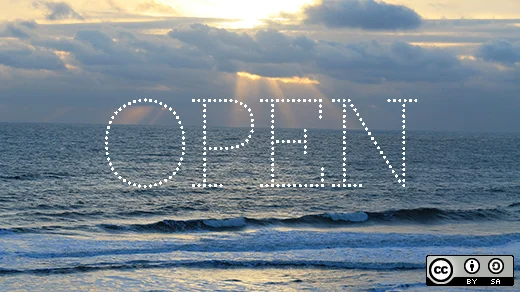For environmental scientists, researching a single ecosystem or organism can be a daunting task. The amount of data and literature to comb through (or create) is often overwhelming.
So how, then, can environmental scientists approach studying the health of the world’s oceans? What ocean health means is a big question in itself—oceans span millions of square miles, are home to countless species, and border hundreds of countries and territories, each of which has its own unique marine policies and practices.
But no matter how daunting this task may seem, it’s a necessary and vital one. So in 2012, the National Center for Ecological Analysis and Synthesis (NCEAS) and Conservation International publicly launched the Ocean Health Index (OHI), an ambitious initiative to measure the benefits that oceans provide to people, including clean water, coastal protections, and biodiversity. The idea was to create an annual assessment to document major oceanic changes and trends, and in turn, use those findings to craft better marine policy around the world.
The first edition of the OHI uncovered critical information, like the state of carbon storage and the impacts of tourism and recreation. But as expected, it was a challenging undertaking. The 2012 OHI took 30 people three years to complete. We quickly learned that if we wanted to be more effective, we needed to find a better approach.
That’s where open science came in. By applying an open source ethos to recalculating our analyses each year, we were able to conduct better scientific research in less time. Indeed, by 2017, the OHI took one person just three months. And it was far richer than the previous reports: Along with results, we shared our methods, code, and data, and we developed a training program so others could build directly off our work, even if the context was different.
What does an open source approach to environmental research look like? First, it means embracing collaborative tools and workflows that are usually found at engineering organizations. No longer is the OHI compiled manually in offline spreadsheets or discussed in closed email threads (and then re-forwarded with the correct attachment). Instead, we now use R and RStudio when writing code and visualizing data. And we collaborate openly on GitHub. With these tools, we built the OHI Toolbox, which provides the OHI file structure, code, and more that is shared online at no cost. Progress and processes are now fully transparent.
These aren’t skills that are traditionally taught to researchers at universities, but they should be. Fortunately, more and more scientists are joining the open science community, which is now my focus as a Mozilla Fellow.
A critical part of working open is sharing data and code not only with your immediate colleagues, but with others across the globe who might learn from, adapt, and build on findings. By being fully transparent with our data, our research can be easily reproduced. That means OHI data and methodology is available to all. This has fueled our OHI+ program—using our open-source framework, independent groups can develop localized Ocean Health Index studies, incorporating and modeling what is important to people in their regions. Currently, there are about 30 OHI+ projects, ranging from Ecuador and China to Israel and the Baltic Sea.
Lastly, and perhaps most importantly, is community—engaging with like-minded researchers around the globe who are also practicing open science. Here, we can share best practices, processes, and workflows. Community is one of the reasons we launched the OHI Fellows program, which provides graduate students in environmental science with open source training. Once their fellowship and work on the OHI is complete, they can take those open principles to their next institution or research endeavor.
The end result of all this is a more detailed, effective Ocean Health Index. But there’s a broader impact, too: By spreading open practices throughout the scientific community, we can accelerate research and make it more transparent and rigorous. This benefits all fields, from marine biology to neuroscience, from academia to government. And it benefits society at large—it means more breakthroughs and more public trust.







1 Comment